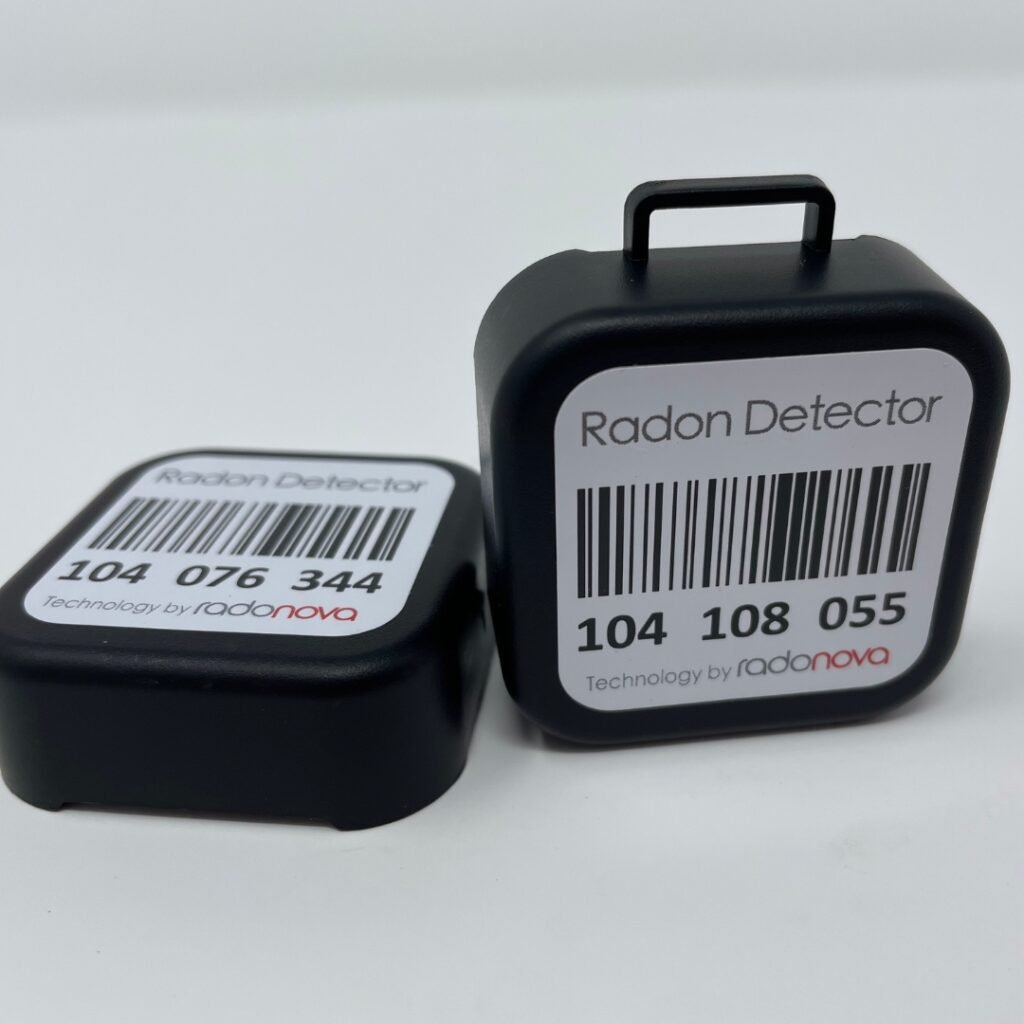Summary of Key Points:
- Radon exposure is the second leading cause of lung cancer after smoking tobacco, yet public awareness of its health dangers is alarmingly low.
- Increased awareness and measures to reduce exposure can significantly reduce the personal risk of radon-related lung cancer.
- Public Health and medical professionals stress the importance of early cancer detection and comprehensive education on lung cancer causes.
Lung cancer is one of the most prevalent and lethal cancers worldwide, claiming thousands of lives each year in Canada. While tobacco smoking is widely recognized as a primary cause, radioactive radon exposure – a colourless, odourless and tasteless radioactive gas – is the second leading cause of lung cancer. Despite this, awareness of the health risks associated with radon is alarmingly low.
Understanding All Causes of Lung Cancer
“People who don’t smoke [tobacco] can get lung cancer,” says Dr. Alison Wallace, a thoracic surgeon and Assistant Professor in the Department of Surgery at Dalhousie University, “and we’re seeing more and more of that every day.” Dr. Wallace’s experience as a surgeon provides a unique viewpoint on the diverse causes and demographics of lung cancer patients.
She emphasizes that anyone can be at risk of lung cancer, and environmental factors, including radon exposure, play a significant role. The importance of early detection and prevention in the fight against lung cancer cannot be stressed enough.
“[Lung Cancer] is a terrible disease, but if you can catch it early, you can treat it and cure it. So, prevention and early detection are the only ways we’re going to win this battle,” says Dr. Wallace.
As an Assistant Professor at Dalhousie University, Dr. Wallace says that ensuring current and future medical professionals understand the diverse factors contributing to this disease is critical.
“For those teaching medical students about lung cancer, it’s important to list off the non-tobacco smoking causes,” she says. “We don’t have enough education out there, that’s for sure.”
Dr. Wallace argues that current Canadian medical education curricula must evolve to include a broader range of risk factors, such as radon, to better prepare healthcare providers for a future where cancers caused by these things are increasingly prevalent. These insights highlight the importance of a comprehensive approach to lung cancer education and prevention, ensuring that the public and medical professionals understand the diverse factors contributing to this disease.
Radon: A Public Health Blind Spot
Although radioactive radon exposure is the second leading cause of lung cancer behind smoking tobacco, Dr. Justin Simms, an internal medicine physician in Regina, Saskatchewan believes that most people severely underestimate the impact that radon can have on our lungs.
“It’s a silent killer. There should be a greater emphasis on testing homes for radon and policies should be in place to help mitigate it.”

Radon seeps into homes through cracks and openings in the foundation and persists there at dangerous, cancer-causing levels. Every home in Canada has some amount of radon in it, and exposure to high levels over many years can significantly increase one’s risk of developing lung cancer.
“The current state of understanding of radon and other non-tobacco causes of lung cancer are mostly non-existent,” Dr. Simms emphasizes. “The lack of knowledge leaves many individuals vulnerable to the harmful effects of radon without even realizing it.”
Despite its status as a class 1 carcinogen, radon testing and mitigation efforts remain far less widespread to effectively address the long-term health risks. Dr. Simms emphasizes how radon often goes unnoticed by the public, particularly home buyers who may be more focused on other aspects of purchasing and maintaining a home.
“Radon usually becomes a problem after the fact. When most people buy a home, they spend a ton of money, and factor in many other things. I don’t think most people are looking at the lowest level of their home and thinking about radon.”
Dr. Simms suggests that policy could play a significant role in changing this mindset. By recommending radon testing before a house is listed for sale or requiring mitigation in areas with high radon levels, governments could bring radon to the forefront of public health and homeownership discussions. Dr. Simms points out how other environmental hazards have garnered far more attention and regulatory action, drawing a comparison to asbestos, which has seen drastic policy changes due to its association with lung cancer.
“If houses were still [being built] with asbestos, people would be all up in arms, but that’s because it was disseminated well, and people were getting sick. But looking at radon, it’s invisible and has to be tested for. It should be mandated to test, especially if you have young children in the house.”
The comparison between asbestos and radon underscores the need for stronger regulatory efforts and public health campaigns to place our public health response to radon on par with other known environmental dangers. As more people become aware of radon’s role as a deadly contributor to lung cancer, especially in non-smokers, it could spur widespread awareness and preventive action that other lung cancer causes have received.
Highlighting the Overlooked Danger of Radon
Dr. Kong Khoo, a medical oncologist at the BC Cancer Center in Kelowna, emphasizes that radon is one of the most important, unrecognized public health hazards. “Protect yourself and your families by testing for radon,” he urges.
Radon was an afterthought for Dr. Khoo when he first moved to BC, as he didn’t realize that the interior of BC has some of the highest radon levels in Canada and the world. Upon a regular gastroscopy, Dr. Khoo found his worst nightmare had come true: he had developed lung cancer without ever having smoked tobacco.
“Kong you fool” he jokes, “you should have thought about this before. I had heard about radon but didn’t think about the problem.”
Following his initial diagnosis, Dr. Khoo had a left lung lobectomy in October of 2021, “I know that if I hadn’t found it because of these circumstances. It would have been much further along with a much poorer outcome, which is something that’s happening for a lot of people.”
Dr. Khoo quickly became an advocate for promoting radon awareness and testing. Should elevated radon levels be detected, mitigation strategies can effectively reduce radon, protecting families from radon’s harmful effects. Dr. Khoo believes enhancing awareness, testing and mitigation at multiple levels, including among health professionals, is essential in combating the health effects of radon exposure.
“There needs to be better awareness and knowledge at multiple levels including health care professionals. We need to be telling patients about radon and its health effects.”
Conclusion
Lung cancer remains a major threat to global health, with radon exposure being a significant and often underreported cause. Efforts to combat high radon exposure are straightforward and cost-effective. Radon test kits are available for homeowners to detect levels in their homes, and mitigation systems can be installed to permanently reduce high radon concentrations. Addressing the threat of radon exposure requires a multifaceted approach involving education, policy changes, and community engagement. Increasing awareness and promoting preventive measures can significantly reduce radon-induced lung cancer cases.
